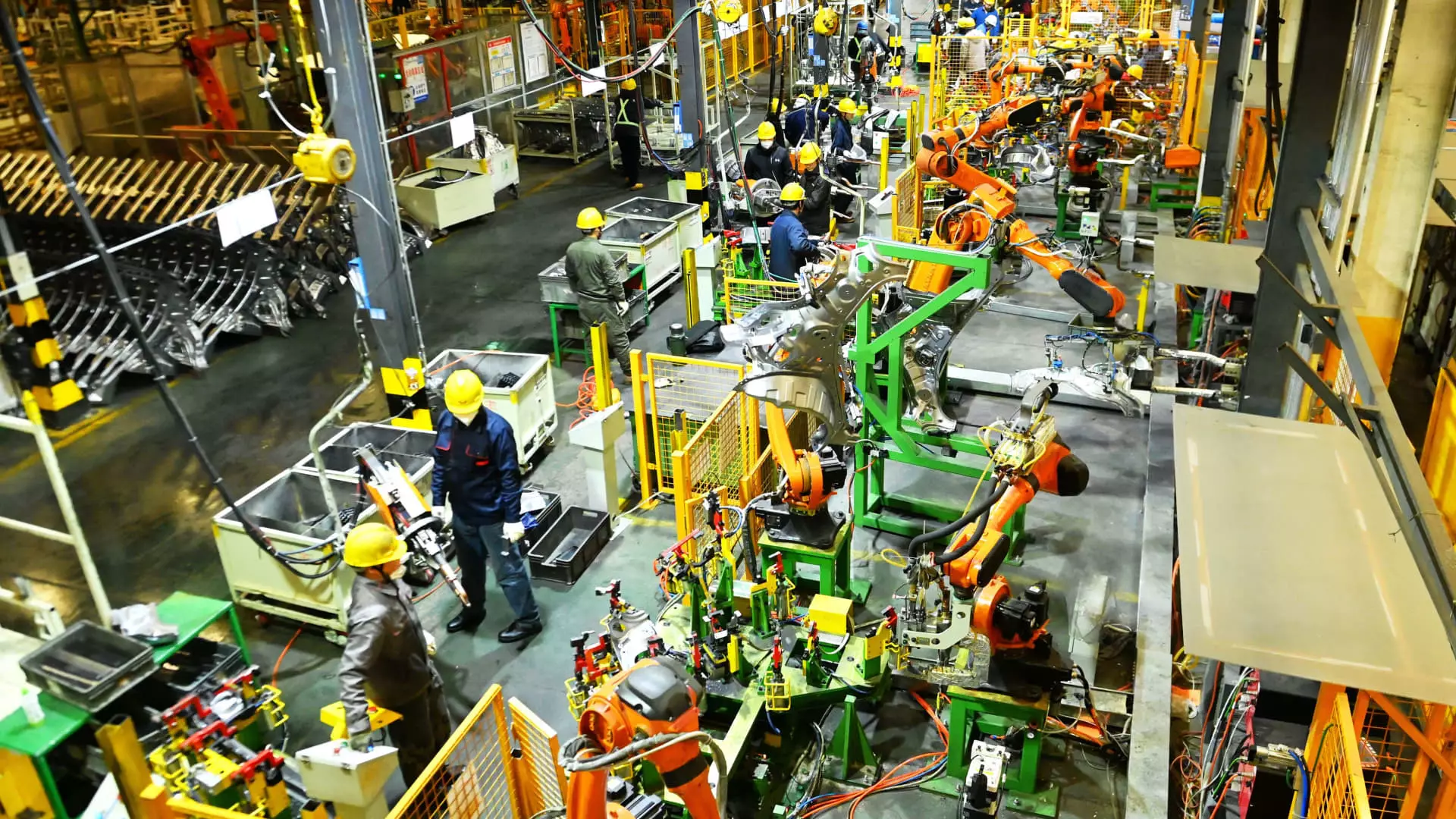The trade policies implemented by the Trump administration have sparked a multi-faceted debate about their implications for American industry, specifically the automotive sector. While the intent behind tariffs is often framed as a protective measure for domestic jobs and industries, the real-world consequences reveal a complex picture. Despite the administration’s promise of a booming, national automotive sector, we are witnessing a worrying trend: rising costs, stifled innovation, and potential long-term damage to not only the automobile industry but to the broader economic landscape.
At the heart of this issue is the recent announcement regarding the potential exemption of auto parts from tariffs on imports from China. However, any cheer over possible exemptions is muted by the reality of the looming 25% duties on imported vehicles and auto parts. These tariffs create an insular market that hinders competition, leading to fewer choices and higher prices for consumers. Moreover, the focus on immediate tariffs may undermine the innovation that American automakers desperately need to stay competitive on the global stage.
Dissection of an Incoherent Policy Framework
When looking at President Trump’s tariff strategy, it becomes evident that there is a disconnect between intention and execution. The President’s assertion that “we want to make our own cars” suggests an idealistic Malory-quest for self-sufficiency. However, automotive leaders like General Motors CEO Mary Barra have articulated a need for more clarity and consistency in policy. This inconsistency adds a layer of unpredictability to business decisions, discouraging companies from investing in their future. Without a stable framework, American automakers are left navigating treacherous waters, unable to plan for the long term.
The automotive industry is not just another sector; it encompasses a wide range of jobs and the production of critical technologies. Tariffs lead to increased production costs, making it difficult for American companies to compete with foreign automakers that can operate with more favorable conditions. Trade barriers rarely serve as effective shields; rather, they often generate reciprocity and escalation, triggering further barriers that leave American consumers and producers at a disadvantage.
The Collective Despair of the Auto Industry
Interestingly, this isn’t just a one-sided affair. Groups representing franchised dealers, suppliers, and major manufacturers are uniting in a rare display of solidarity to lobby against the increasing tariffs. Their collective voice underscores a critical acknowledgment: these levies could jeopardize U.S. production capacity and overall economic health. Many industry insiders point out that the current landscape could lead to a catastrophic ripple effect; as certain suppliers face rising distress, the fallout could potentially reverberate through the entire supply chain, risking jobs and consumer expenditures in the process.
General Motors, a cornerstone of American automotive prowess, is navigating its own troubled waters. While the company aims to be a leader in the field, the inconsistency and unpredictability fueled by tariff policies leave executives like Barra in a bind. The necessity for clear regulations to make informed decisions regarding investments is paramount. Yet, in this tumultuous climate characterized by shifting trade winds, how exactly can automakers plan for a future they cannot predict?
Rethinking American Economic Strategy
This landscape begs a fundamental reevaluation of what it means to create a thriving American automotive industry. In pursuing an “America First” agenda, policymakers must heed the lessons of past trade miscalculations. An economy rooted in isolationism is detrimental not just to the industry but to the American public at large, resulting in crippling inefficiencies and inflated prices.
Instead of erecting walls with trade barriers, it is crucial to foster an environment that encourages collaboration and innovation. This involves embracing foreign partnerships, harnessing the talents of a global workforce, and focusing on the development of cutting-edge technologies that can place American automakers at the forefront of the electric vehicle and autonomous driving revolutions.
If the auto industry is to thrive, a balanced approach toward trade that includes both protective measures and an openness to international collaboration must be pursued. The risk of further crippling American innovation through shortsighted policies cannot be underestimated; it’s time to prioritize a more nuanced approach that speaks to both the economic realities and aspirations of the American people.

